- Joined
- Jul 27, 2009
- Messages
- 4,102
Understanding Ring Sizing
Ring sizing is a very common adjustment made to rings to fit the finger of a new purchaser, and also in many cases an adjustment that is made to the ring over time as finger size changes. But while ring sizing is common, it is not without limitations. Certain styles are more amenable to sizing than others, and some are essentially fixed and cannot be sized significantly. Therefore there are things about ring sizing that are important to know, particularly before a purchase is made.
A ring should go onto your finger with moderate resistance, but it should take a little more effort to get it off. If a ring comes off too easily it may fly off with a sudden hand gesture! (especially if the ring is heavy and you have lotion on your fingers).
If a ring requires too much effort to get on, it may be difficult to get off if your fingers swell for any reason.
Once a ring is on the finger it should be relatively stable. It should not spin or flip from side to side. In some cases the shape and form of a person’s finger will present challenges to a snug fit. Some possible solutions are discussed below.
Finger size can fluctuate
Finger size often fluctuates. Hands can swell from activity, from temperature, from eating a salty meal, or from monthly cycles. When determining your ring size, measure your finger when you are at the average.
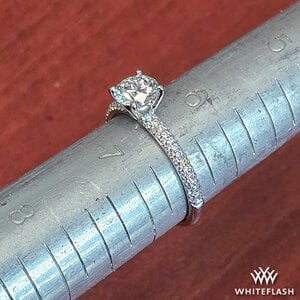
measuring current size on ring mandrel
People have Different Comfort Levels
If you are new to wearing rings, determine your particular comfort level. Some people feel more secure with a snug fit, others feel claustrophobic if a ring is too tight. Most precious metals used in fine jewelry are malleable and sizable. However, some metals require different tools, techniques, and supplies that not every jeweler may be prepared for. Gold alloys are the mainstay of most jewelers and you can get 14K and 18K gold serviced just about everywhere. Platinum requires a slightly different skill set and materials, so some jewelers might not be able to service it, although as popular as platinum has been in recent years most jewelers have acquired the necessary skills.
*Alternative metals such as titanium, cobalt, tungsten, and stainless steel may or may not be sizable at all, so you should be familiar with the properties of any ring made in these materials before purchasing.
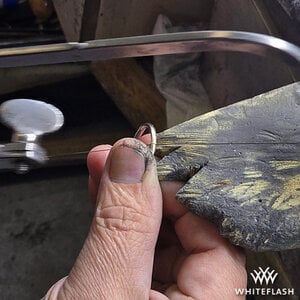
sawing the shank
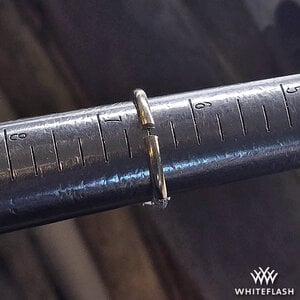
adjusting shank for new larger size
The Ring Style Makes a Difference in the Fit
Wider rings tend to fit tighter than thin rings at the same ring size.
Rings that are top heavy such as those with a large center stone may tend to fall from side to side, especially if the band is on the thinner side. Consider a wider band for those styles, and possibly a quarter size smaller ring size than you would normally wear.
What is a Comfort Fit Band?
A comfort fit ring is slightly rounded on the inside. This is particularly helpful in wider bands that might feel ‘edgy’ otherwise. Comfort fit rings can also be somewhat easier to get on and off. They tend to have a little more heft due to the additional metal on the inside, and they may be slightly more expensive than a non-comfort fit version of the same ring. Many people find them to be, well, more comfortable to wear!
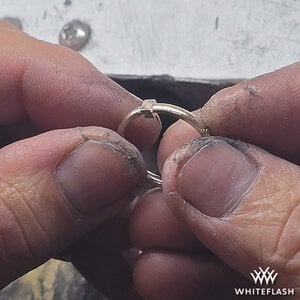
metal in place to size up
How is Ring Sizing Done?
The images in this article show the basic steps in doing a simple sizing. Most rings can be enlarged or reduced in size, at least slightly in most cases. Rings that are difficult or impossible to size are generally those with diamonds or gemstones all around such as eternity bands. Similarly, a ring that has intricate detail work all the way around it may be challenging to size without disturbing the design work.
Even rings with diamonds only on the top can present problems for sizing, or limit the amount that a ring can be adjusted. When the band is enlarged or made smaller, in order to re-connect the two ends of the ring, the top part of the ring may be impacted by the flexing of the shank at the position of the stones. This can loosen or damage stones, depending on the setting type. This danger will limit the amount the ring can safely be sized.
The easiest rings to size are simple bands or those with plain shanks. Rings can be enlarged (sized up) by cutting and adding a piece of metal, and reduced (sized down) by cutting and removing a piece of metal from the ring. This is usually done at the bottom of the shank, but can be done at other points on the ring to preserve engraving or for other technical reasons. There are creative ways to increase or decrease the circumference of the ring. Some may take a more accomplished jeweler and be more expensive to do.
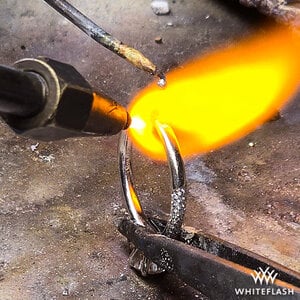
Soldering in place
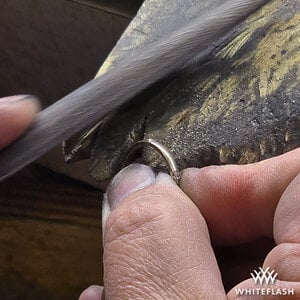
filing the newly sized ring
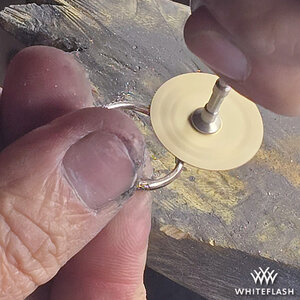
Sanding the newly sized ring
It is also possible in some cases to add a sleeve inside the shank to make the ring size smaller.
Sizing beads can also be a solution to a top heavy ring that wants to flop from side to side.
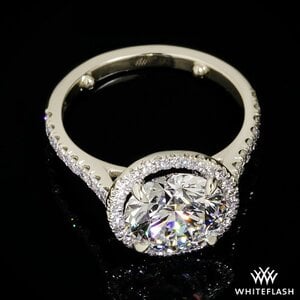
ring with sizing beads added
FAQs About Ring Sizing
How often can a ring be sized?
Rings can generally be resized multiple times, but the exact number depends on the type of metal and the design of the ring. Malleable metals like gold and platinum can handle more adjustments. It’s important to realize that polishing is required after a ring is sized, and the polishing process removes a small amount of metal. Polishing too frequently can wear away enough metal to weaken a ring structurally. Platinum is much less susceptible to this issue than gold alloys, but resizing should still be minimized.
How do you determing the correct fit?
A ring should neither be overly tight nor excessively loose. It should slide onto your finger with slight resistance and require a bit more effort to take off. A loose ring may fall off, while a tight ring can cause discomfort and be challenging to remove, especially if your fingers swell.
Can any ring be re-sized?
No, not all rings can be resized. Rings with intricate designs, eternity bands with stones set all the way around, or those made from non-malleable metals like tungsten or cobalt may not be adjustable. It’s important to consult a jeweler before purchasing if resizing might be needed in the future.
How much does it cost to resize a ring?
The price range varies considerably. Simple gold or platinum bands are the least expensive to size and are generally very affordable. More complicated designs or rings that involve adding a significant amount of precious metal can be much more costly.
Is re-sizing bad for a ring?
If done by a skilled jeweler, resizing should not compromise the structural integrity of your ring. However, repeated adjustments or resizing intricate rings may weaken the shank or loosen the stones. Always choose an experienced jeweler to ensure the best outcome and discuss any potential risks before proceeding.
Random Ring Advice
Ring sizing is a very common adjustment made to rings to fit the finger of a new purchaser, and also in many cases an adjustment that is made to the ring over time as finger size changes. But while ring sizing is common, it is not without limitations. Certain styles are more amenable to sizing than others, and some are essentially fixed and cannot be sized significantly. Therefore there are things about ring sizing that are important to know, particularly before a purchase is made.
- What is a Good Ring Fit?
- Finger size can fluctuate
- People have Different Comfort Levels
- Does Metal Type make a Difference in Sizing?
- The Ring Style Makes a Difference in the Fit
- What is a Comfort Fit Band?
- How is Ring Sizing Done?
- FAQs About Ring Sizing
- Random Ring Advice
A ring should go onto your finger with moderate resistance, but it should take a little more effort to get it off. If a ring comes off too easily it may fly off with a sudden hand gesture! (especially if the ring is heavy and you have lotion on your fingers).
If a ring requires too much effort to get on, it may be difficult to get off if your fingers swell for any reason.
Once a ring is on the finger it should be relatively stable. It should not spin or flip from side to side. In some cases the shape and form of a person’s finger will present challenges to a snug fit. Some possible solutions are discussed below.
Finger size can fluctuate
Finger size often fluctuates. Hands can swell from activity, from temperature, from eating a salty meal, or from monthly cycles. When determining your ring size, measure your finger when you are at the average.

measuring current size on ring mandrel
People have Different Comfort Levels
If you are new to wearing rings, determine your particular comfort level. Some people feel more secure with a snug fit, others feel claustrophobic if a ring is too tight. Most precious metals used in fine jewelry are malleable and sizable. However, some metals require different tools, techniques, and supplies that not every jeweler may be prepared for. Gold alloys are the mainstay of most jewelers and you can get 14K and 18K gold serviced just about everywhere. Platinum requires a slightly different skill set and materials, so some jewelers might not be able to service it, although as popular as platinum has been in recent years most jewelers have acquired the necessary skills.
*Alternative metals such as titanium, cobalt, tungsten, and stainless steel may or may not be sizable at all, so you should be familiar with the properties of any ring made in these materials before purchasing.

sawing the shank

adjusting shank for new larger size
The Ring Style Makes a Difference in the Fit
Wider rings tend to fit tighter than thin rings at the same ring size.
Rings that are top heavy such as those with a large center stone may tend to fall from side to side, especially if the band is on the thinner side. Consider a wider band for those styles, and possibly a quarter size smaller ring size than you would normally wear.
What is a Comfort Fit Band?
A comfort fit ring is slightly rounded on the inside. This is particularly helpful in wider bands that might feel ‘edgy’ otherwise. Comfort fit rings can also be somewhat easier to get on and off. They tend to have a little more heft due to the additional metal on the inside, and they may be slightly more expensive than a non-comfort fit version of the same ring. Many people find them to be, well, more comfortable to wear!

metal in place to size up
How is Ring Sizing Done?
The images in this article show the basic steps in doing a simple sizing. Most rings can be enlarged or reduced in size, at least slightly in most cases. Rings that are difficult or impossible to size are generally those with diamonds or gemstones all around such as eternity bands. Similarly, a ring that has intricate detail work all the way around it may be challenging to size without disturbing the design work.
Even rings with diamonds only on the top can present problems for sizing, or limit the amount that a ring can be adjusted. When the band is enlarged or made smaller, in order to re-connect the two ends of the ring, the top part of the ring may be impacted by the flexing of the shank at the position of the stones. This can loosen or damage stones, depending on the setting type. This danger will limit the amount the ring can safely be sized.
The easiest rings to size are simple bands or those with plain shanks. Rings can be enlarged (sized up) by cutting and adding a piece of metal, and reduced (sized down) by cutting and removing a piece of metal from the ring. This is usually done at the bottom of the shank, but can be done at other points on the ring to preserve engraving or for other technical reasons. There are creative ways to increase or decrease the circumference of the ring. Some may take a more accomplished jeweler and be more expensive to do.

Soldering in place

filing the newly sized ring

Sanding the newly sized ring
- Soldering
- Laser welding
- Stretching
- Other Adjustments to Ring Sizes
It is also possible in some cases to add a sleeve inside the shank to make the ring size smaller.
- Sizing Beads (sometimes called sizing balls or “speed bumps”)
Sizing beads can also be a solution to a top heavy ring that wants to flop from side to side.
- More Complex Solutions for a Snug Fit

ring with sizing beads added
FAQs About Ring Sizing
How often can a ring be sized?
Rings can generally be resized multiple times, but the exact number depends on the type of metal and the design of the ring. Malleable metals like gold and platinum can handle more adjustments. It’s important to realize that polishing is required after a ring is sized, and the polishing process removes a small amount of metal. Polishing too frequently can wear away enough metal to weaken a ring structurally. Platinum is much less susceptible to this issue than gold alloys, but resizing should still be minimized.
How do you determing the correct fit?
A ring should neither be overly tight nor excessively loose. It should slide onto your finger with slight resistance and require a bit more effort to take off. A loose ring may fall off, while a tight ring can cause discomfort and be challenging to remove, especially if your fingers swell.
Can any ring be re-sized?
No, not all rings can be resized. Rings with intricate designs, eternity bands with stones set all the way around, or those made from non-malleable metals like tungsten or cobalt may not be adjustable. It’s important to consult a jeweler before purchasing if resizing might be needed in the future.
How much does it cost to resize a ring?
The price range varies considerably. Simple gold or platinum bands are the least expensive to size and are generally very affordable. More complicated designs or rings that involve adding a significant amount of precious metal can be much more costly.
Is re-sizing bad for a ring?
If done by a skilled jeweler, resizing should not compromise the structural integrity of your ring. However, repeated adjustments or resizing intricate rings may weaken the shank or loosen the stones. Always choose an experienced jeweler to ensure the best outcome and discuss any potential risks before proceeding.
Random Ring Advice
- Don’t get in the habit of taking your rings off to wash your hands. You may be in a public place and get distracted and leave your rings behind.
- Develop a routine for cleaning your jewelry at home, by the bedside or on your vanity. Regular cleaning and inspection not only keeps your jewelry looking its best and alerts you to early signs of any problem, but it makes it unnecessary to take your rings off for simple activities like hand washing.
- Be careful swimming with your rings on. Cold water can make your fingers shrink and water acts as a lubricant. Many rings are lost at the beach and at the lake. Keeps the metal detector guys in business!
- Also, some alloys may react to chemicals used in swimming pools such as chlorine.
Attachments
Last edited:

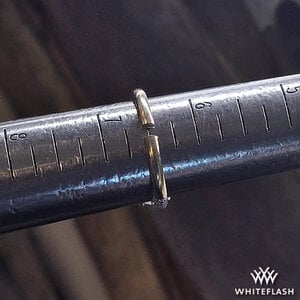

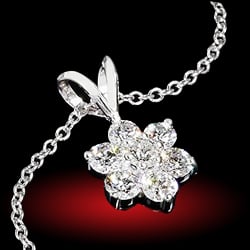
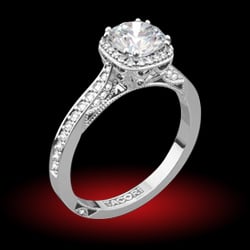
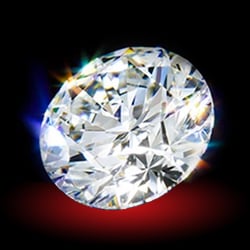


300x240.png)